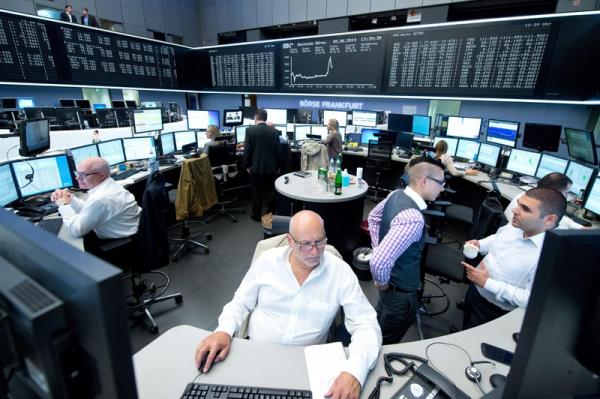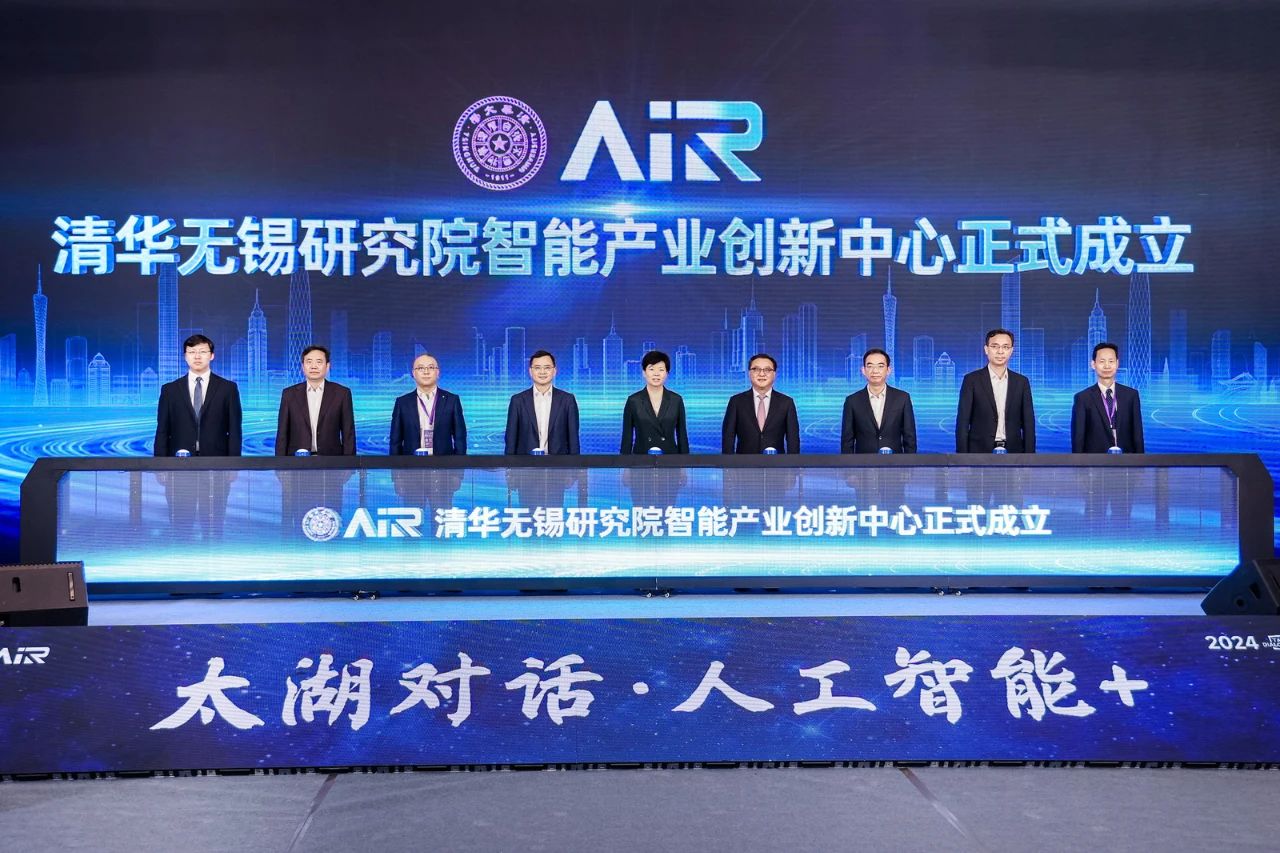The DeepSeek Revolution: How China's Underdog AI Shook Silicon Valley
By AlogLeet | Updated: January 2025

In July 2024, an obscure Chinese entrepreneur named Liang Wenfeng made a daring prediction during an interview with 36KR: "OpenAI isn't invincible - true innovation comes from efficiency, not just investment." Six months later, his startup DeepSeek would trigger the largest single-day tech stock crash since 2020, proving that China's AI ambitions could no longer be ignored.
This 3000-word investigation reveals:
- The mathematical genius behind China's AI dark horse
- How DeepSeek's R1 model outperformed GPT-4 at 1/10th the cost
- The $589 billion Nvidia crash explained
- Why U.S. policymakers are scrambling to rewrite AI strategies
I. The Davos Panic: AI's Geopolitical Tipping Point

The 2025 World Economic Forum in Davos marked a critical turning point in global artificial intelligence dominance. As Western executives and policymakers convened, they were forced to confront a stark reality: China had not only caught up but, in certain aspects, surpassed American AI advancements. Alphabet CFO Ruth Porat delivered a stark warning: "Our lead has shrunk from 3 years to 12 months. Without radical infrastructure investment, we risk losing dominance by 2026." (Bloomberg)
AI and Global Power: The Davos Wake-Up Call
The discussions at Davos 2025 highlighted a growing consensus among Western tech and policy leaders that artificial intelligence is not just a technological race, but a geopolitical one. American firms, long thought to hold an insurmountable lead, suddenly faced a new paradigm: the emergence of Chinese models that rivaled or outperformed Western AI with dramatically lower costs and infrastructure requirements.
European and American executives lobbied for more aggressive state intervention, arguing that China's AI ecosystem, backed by strategic government subsidies and long-term technological planning, was proving too resilient to counter with purely market-driven competition.
January 20-24, 2025: The AI Bloodbath
Three days after the Davos warning, DeepSeek's groundbreaking R1 model launch sent shockwaves through the global technology market, exposing vulnerabilities in the Western AI ecosystem.
| Company | Loss | Cause |
|---|---|---|
| Nvidia | $589B | H800 chip oversupply fears & Chinese domestic AI chip alternatives |
| Microsoft | 7% drop | OpenAI valuation concerns & competitive pressure from DeepSeek |
| ASML | 12% drop | Breakthroughs in Chinese lithography technology reducing reliance on EUV systems |
| Alphabet | 9% drop | Fears that Gemini AI could not compete with DeepSeek's efficiency |
Source: Wall Street Journal
Why DeepSeek's Success Terrified Wall Street
DeepSeek's AI models not only matched but exceeded the performance of American competitors while utilizing significantly fewer computational resources. Analysts pointed to two primary factors:
- Efficiency over Scale: While Western AI firms relied on massive computing clusters, DeepSeek employed novel architectures that optimized performance with fewer GPUs.
- Government-Backed AI Talent Development: China's AI ecosystem had shifted from importing talent to nurturing domestic expertise at an unprecedented scale.
Implications for U.S. and European Tech Policy
The fallout from DeepSeek's rise spurred immediate discussions among policymakers and industry leaders about the necessity of more aggressive state intervention. Some proposed:
- AI Protectionism: Stricter export controls on AI-related hardware and software.
- Government-Subsidized AI Research: Mirroring China's state-led AI initiatives.
- Enhanced Public-Private Partnerships: To ensure long-term AI leadership.
Despite these discussions, one reality was clear: DeepSeek had shattered the long-held assumption that U.S. and European firms could indefinitely maintain AI superiority through capital-intensive investments alone.
II. Liang Wenfeng: China's Unlikely AI Messiah

Liang at Sun Yat-sen University (2006)
From Rural Guangdong to AI Stardom
Born in 1985 in Changyang (per capita GDP: $4,200), Liang's journey defies Silicon Valley's Ivy League template:
- 2003: Developed stock-predicting algorithms using pirated MATLAB copies
- 2008: Founded HighFlyer hedge fund during global crisis
- 2015: Launched HighFlyer Quantum Trading Fund
- 2019: Began secret Nvidia GPU stockpiling
- 2023: Established DeepSeek, China's AI disruptor
"We don't need American experts - China's youth see patterns they can't."
The HighFlyer Crucible
HighFlyer's AI-driven strategies achieved 47% annual returns from 2016-2020 by:
- Analyzing grey-market supply chain data
- Predicting rare earth metal shortages
- Front-running semiconductor demand spikes
- Developing proprietary AI models for financial forecasting
- Leveraging government-backed AI talent for market predictions

The Rise of DeepSeek
By 2023, Liang had fully transitioned from finance to AI, launching DeepSeek in Hangzhou, home to China's leading tech giants. His strategy was clear:
- Recruit top AI talent from Beijing and Tsinghua universities
- Focus on open-source AI models to challenge Silicon Valley's dominance
- Leverage China's massive computing power to accelerate model training
DeepSeek's first major breakthrough, the R1 model, was not just an AI milestone—it was a geopolitical shockwave, proving that China could develop AI with a fraction of the resources used by Western firms.
III. R1 Model: The Architecture That Changed Everything
Key Specifications
- Parameters: 671B vs GPT-4's 1.8T
- Training Cost: $5.6M vs $100M
- Energy Use: 18.7 MWh vs 324 MWh
Source: arXiv technical paper

The Three Breakthroughs
1. Librarian Retrieval
Inspired by IR systems, R1 uses:
- Context-aware indexing
- Dynamic query expansion
2. Mixture of Experts
Implements MoE-LLaVA framework:
- 132 specialized submodels
- Dynamic routing via QKVA attention
3. Open Source Leverage
Built on modified LLaMA 3 codebase:
- Community contributions from 14k+ devs
- Bug bounty program ($5M fund)
IV. The New AI Cold War
Talent Wars: China's Hidden Advantage
The Paulson Institute reports:
- China graduates 2.1M STEM students annually
- AI PhDs: 48% Chinese vs 22% American
- Average AI engineer salary: $42k (CN) vs $168k (US)
- Government-backed AI research grants exceed $10B annually
- China’s AI researchers file 60% more patents than their U.S. counterparts

Chip Gambit: How DeepSeek Outflanked Sanctions

Liang's 2019-2023 chip stockpile strategy:
| Year | H800 Chips Acquired | Price/Unit |
|---|---|---|
| 2019 | 2,100 | $18,500 |
| 2022 | 8,400 | $24,000 |
| 2023 | 21,000 | $32,000 |
Source: Reuters leak
DeepSeek leveraged a decentralized supply chain, utilizing undisclosed partnerships with secondary markets to circumvent U.S. export restrictions. Liang’s proactive acquisition of H800 chips before regulatory crackdowns ensured DeepSeek’s uninterrupted R&D pipeline, positioning China to leap ahead in AI model training despite Western embargoes.
V. Can the Underdog Survive?
Critical Challenges
- U.S. Treasury investigating "subsidy loopholes" and potential trade violations
- Struggles in monetizing open-source AI models despite mass adoption
- TSMC 3nm chip embargo taking effect Q2 2025, limiting future hardware access
- Increasing U.S. pressure on international markets to restrict DeepSeek’s growth
- Growing skepticism from Western investors fearing geopolitical instability

The Road Ahead
Despite the mounting obstacles, DeepSeek remains in a strong competitive position. Industry analysts predict:
Conclusion: A Pivotal Moment for AI
DeepSeek has proven that innovation is not solely the domain of Silicon Valley. Through strategic foresight, talent acquisition, and unconventional hardware sourcing, it has challenged industry assumptions and established itself as a major force in AI development.
However, its survival is far from guaranteed. The tightening noose of international trade restrictions, the difficulties of monetizing open-source AI, and the growing scrutiny from financial regulators pose significant hurdles. Whether DeepSeek can sustain its momentum or succumb to geopolitical and economic pressures remains to be seen.
One thing is clear: the global AI landscape has fundamentally shifted. DeepSeek’s success has demonstrated that the future of AI will not be dictated by sheer financial power alone but by strategic agility, resourcefulness, and an ability to operate in a rapidly evolving geopolitical environment.